So near, and yet so far. That's the feeling more often than not when trying to get apps to work together. You export data out of one app, try to import it into another—and it looks perfect, right until it doesn't. Turns out, the text is in the wrong format or order, names are together when they should be split into first and last, dates and phone numbers are in the wrong format, and so on.
Back to the drawing board. You could manually edit everything, splitting first and last names by hand or typing in each date in the correct format line by line—but that'd take forever. The better option is to get your apps to do the work for you.
There are often several ways to do that. You could reformat the text on your computer, or you could speed things up with Zapier's Formatter tool that can automatically, well, format your text the way you want. Here are some of the most popular ways to reformat text—with tutorials on how to do each in Zapier as well as in spreadsheets and other apps on your computer.
- Split Names and Other Text
- Extract Email Addresses, Website Links, and Numbers From Text
- Capitalize Text the Way You Want
- Find and Replace Any Text
- Format Dates and Times
- Convert Markdown Text into HTML
What is Zapier Formatter?

First off, a quick intro. You wanted to move data—your contact list, say—from one app to another, right? Zapier's the tool for that. It's a workflow automation tool that connects 750+ apps—from Airtable to Zoho CRM and everything in between—so when someone new buys your products or fills out your form or anything else, Zapier can copy that data and add it to the correct app.
Sometimes getting the data in the right format needs a bit of help, which is where Formatter comes in. Formatter's a Zapier tool that tweaks your data to get it working the way you need.
Say you need to copy PayPal customers into a MailChimp mailing list. PayPal shows your customers' full names and the detailed time and date they bought your product—but all you want is their first name and the day of the week. Just add Formatter to your Zap, and Zapier can format text the way you want before adding it to MailChimp.
See, for example, how you could use Formatter to split first and last names from Facebook Lead Ads to then add them to MailChimp:
Easy, right?
Now let's go use Formatter to edit your text so it's just right:
How to Split Names and Other Text
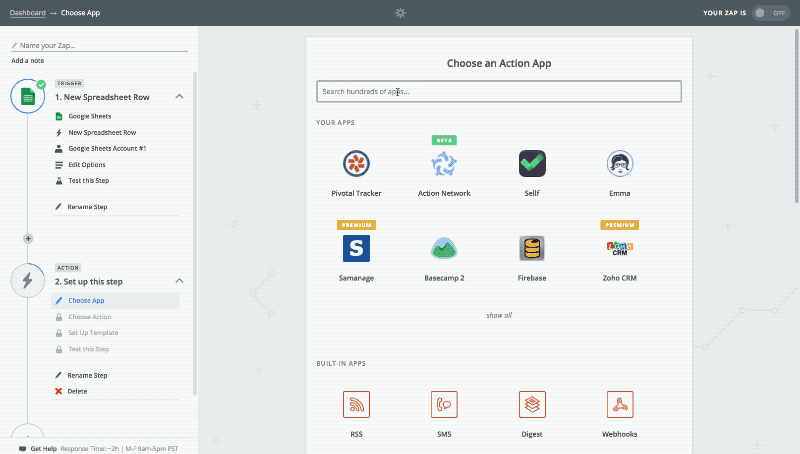
You have all the data you need from one app—but it's all in one field, and you need to split it up before you can add it to another app. You don't need a full name; you need first and last names. You don't need the whole address; you just need the postal code and country.
Zapier's Split Text formatter can help. Add a Formatter step to your Zap, select the Text action, then choose the Split Text transform. Add the text you want to split to the Input field, and the delimiter that's splitting up the text to the Separator field.
Now, select if you want the first, second, last, or next to last part of the text—and test your action to make sure it works the way you want. Want all of the segments? Just add more Formatter steps, each time selecting the correct segment you want. And finally, add the action steps you want to put your newly split text to work in your other apps.
Here's a pre-made Zap to try it out with Facebook Lead Ads and MailChimp:
How to Extract Email Addresses, Website Links, and Numbers
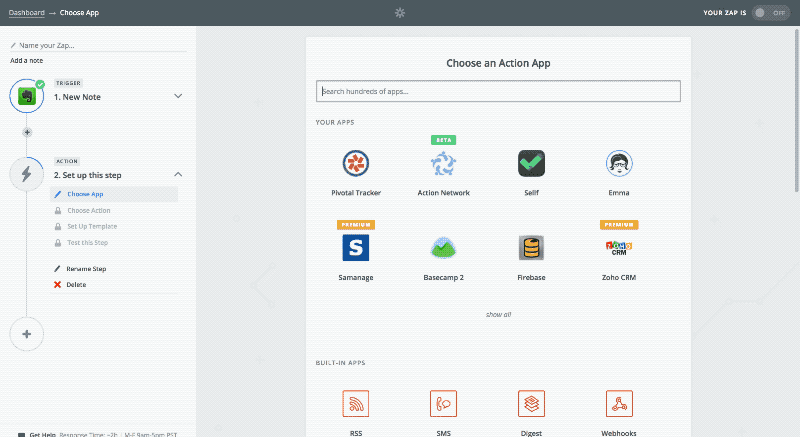
Someone emailed you a link, and you'd love to copy the link and save it somewhere—only you'd like to do that automatically without copying. Or maybe you need to pull phone numbers out of a document or email addresses out of a note.
Formatter can help there, too. It includes Extract Email Address, Extract URL, Extract Phone Number, and Extract number transforms to find those items from your text. Select the transform for the item you want to find, then select the text you want to find that item in from the + menu beside the Input field.
Test the action, and Zapier will find the first URL, email address, or number it comes across in your text—and you can use it in the next Action app to save the URL, send an email, add the number to your inventory, and more. And if you need to find the next links, emails, or numbers in that text, just add a Formatter Text Replace step to remove that first item you found, followed by another Formatter Text Extract step to find the next item.
Try it out with this Zap Template that can find your contact's phone numbers from their email signatures and use them to add new contacts to your address book:
How to Capitalize Text the Way You Want
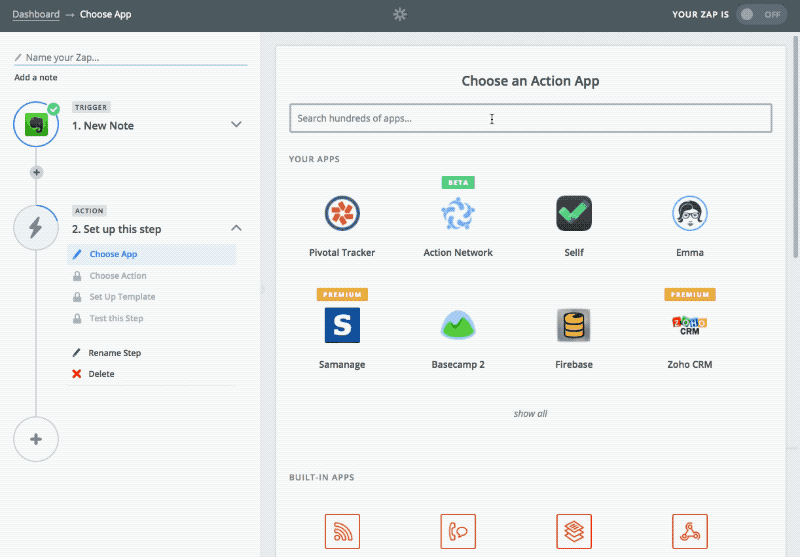
You're rushing to write a blog post, and everything looks great at a quick glance, so you hit Publish. Only later do you notice that your entire title is in all caps—apparently you hit Caps Lock instead of Shift. Or maybe it's something simpler. Perhaps you just want to automatically share blog posts to Twitter and Facebook, but want to make your post title look like a real Tweet instead of a standard capitalized title.
Formatter's got your back. Add a Formatter Text action to your Zap, then select the Capitalize, Lowercase, Titlecase, or Uppercase transforms to format your text the way you want. Zapier will then automatically check your text capitalization, fix anything that's off, and then send the formatted text to your other action apps. It's like spell check for your style guide.
For a handy way to test it out, try this Zap that will make sure your RSS feed post titles are lowercase and include some intro text like "New post:" before sharing them on Twitter, so they don't look automated:
How to Find and Replace Text
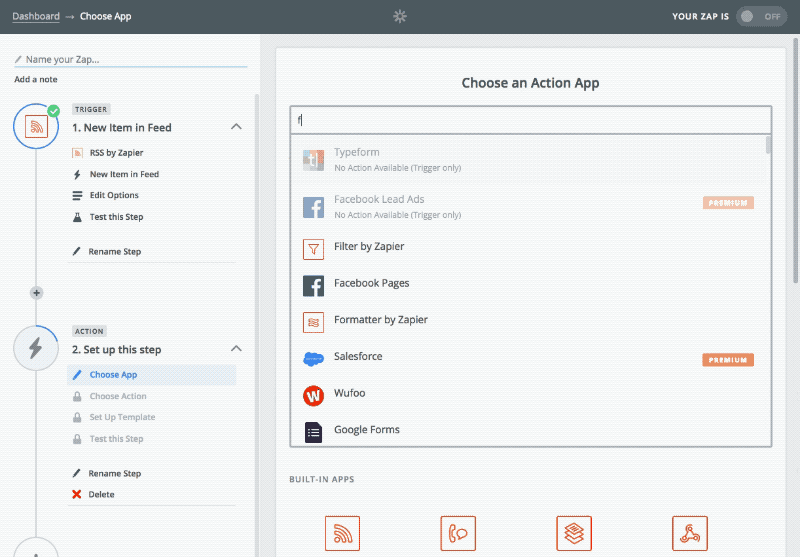
Keep misspelling a word over and over, and want to check everything you write before you publish it? Need to make sure you don't accidentally put last year's date in next year's documents? Or just want to split a comma-separated list of items into separate columns?
Zapier's Formatter Replace function can do that for you. Add a Formatter Text action to your Zap, select the Replace transform, and tell Zapier what text you want to search through. Then tell the Zap what you want to find—anything from text to spaces to line breaks. Finally, add what you want to replace that text with—or leave it blank to have Zapier just remove that text.
It's a great way to always clean up your text before things get published or added to your other apps.
How to Format Dates and Times
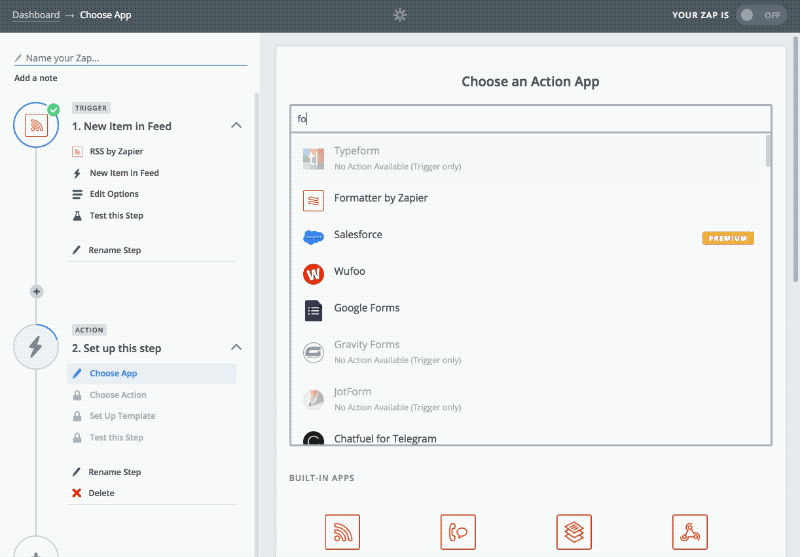
PayPal says your customer bought your product at 13:47:28 Sep 08, 2017 PST, but you'd rather know that they bought your product on Friday, September 8th. And when you're trying to schedule appointments with your customers, your US-based calendar app might have trouble figuring out what date your customer means when they type 12/08/2017 in international format.
Zapier's Date/Time Format tool in Formatter can help. This time, add a Date/Time action from the Formatter App to your Zap, and select Format as the Transform. Add the date that needs tweaked to the Input field, then select the date style you want in the To Format field.
You can get as specific as you want. Zapier includes a number of default date/time styles such as January 22, 2017 or 01-22-2017 that you can choose from. Or, select Use a Custom Value and type in the date and time format you want. Just want the day of the week? Type dddd in the field. Want 01/Jan/2017? Type YY/MMM/YYYY instead. Check Zapier's Date/Time documentation for all the custom date and time formatting you can use.
Zapier will typically guess the original date and time format you're converting from, but you can set that as well if you need. You can also set original and new timezones as a quick way to switch those Pacific times from PayPal to Eastern if you'd like, too.
How to Convert Markdown Text to HTML or a Document
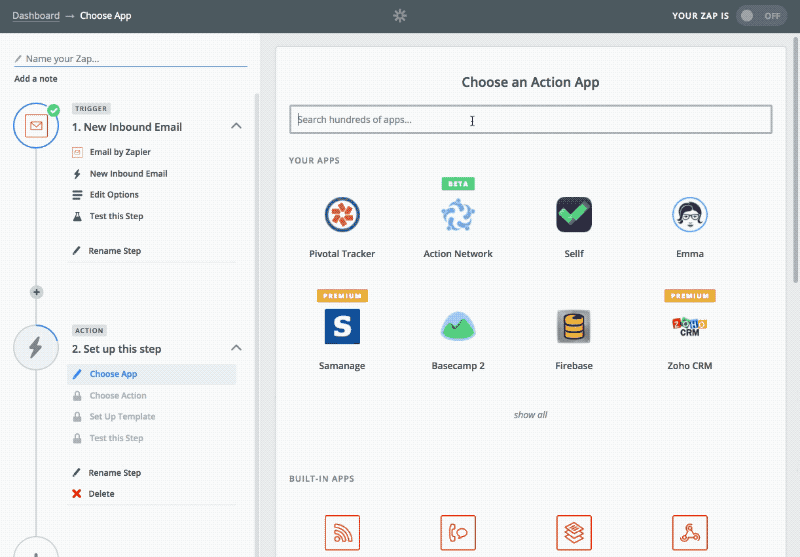
Write in Word or Google Docs' rich formatting and copy it over to your blog, and you'll likely lose some formatting in the process. Write in HTML, and it's all too easy to forget a </a> closing tag or some other tiny character.
Markdown is the best of both worlds. It's easy to write in, with *single asterisks* for italics or - dashes for bullet points. You can write Markdown text in any text editor or word processor, even from your phone, and include all the formatting easily.
All that's left is to convert that text to HTML and publish it on your site—or to convert it to a formatted PDF and perhaps print out. Zapier's Formatter to the rescue again. Add a Formatter Text action to your Zap, select Convert Markdown to HTML, and add your Markdown text—perhaps from an Evernote note, email, or even a note in your CRM or project management app. Zapier will then turn that Markdown into standard HTML you can use anywhere. Have Zapier add that to WordPress or save it as an HTML file in Dropbox that syncs to your site. Or, for a PDF document, add the HTML to Google Cloud Print, and have it "print" as PDF to Google Drive for a sharable copy of your work.
Here's a pre-made Zap to help you print out formatted documents or make PDFs from Evernote automatically with the Markdown formatter:
That's not all. Formatter can also trim whitespace, truncate text, pluralize English words, format currency and phone numbers, add or subtract time from dates, run standard spreadsheet functions, and much more.
When you're trying to automate anything in Zapier, and can't figure out how to get two apps to fit together, Formatter's the tool that's most likely to help. Just add it to your Zap, and with a little tweaking you should be able to get your text the way you need before sending it to the next app.
source https://zapier.com/blog/zapier-formatter-guide/

No comments:
Post a Comment